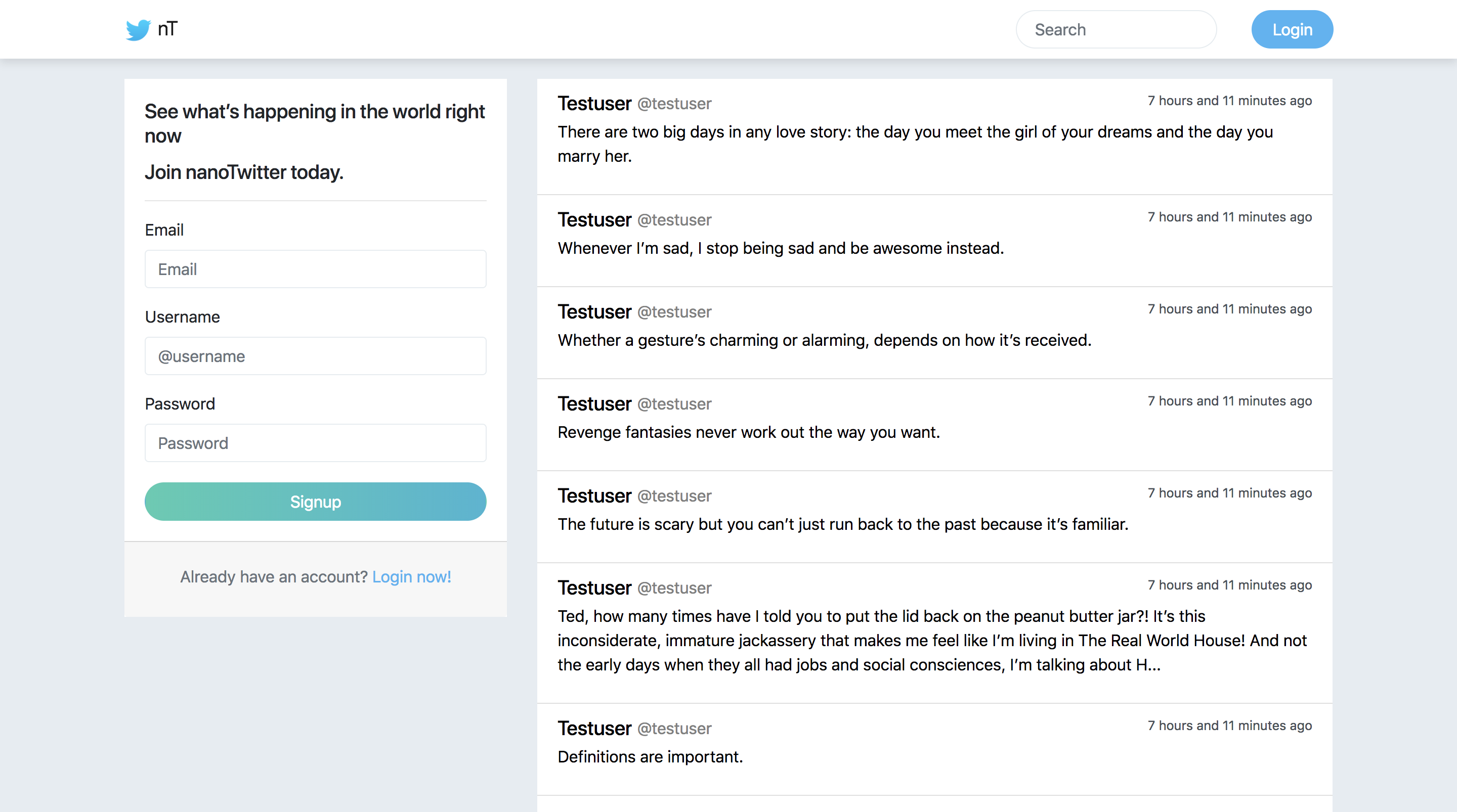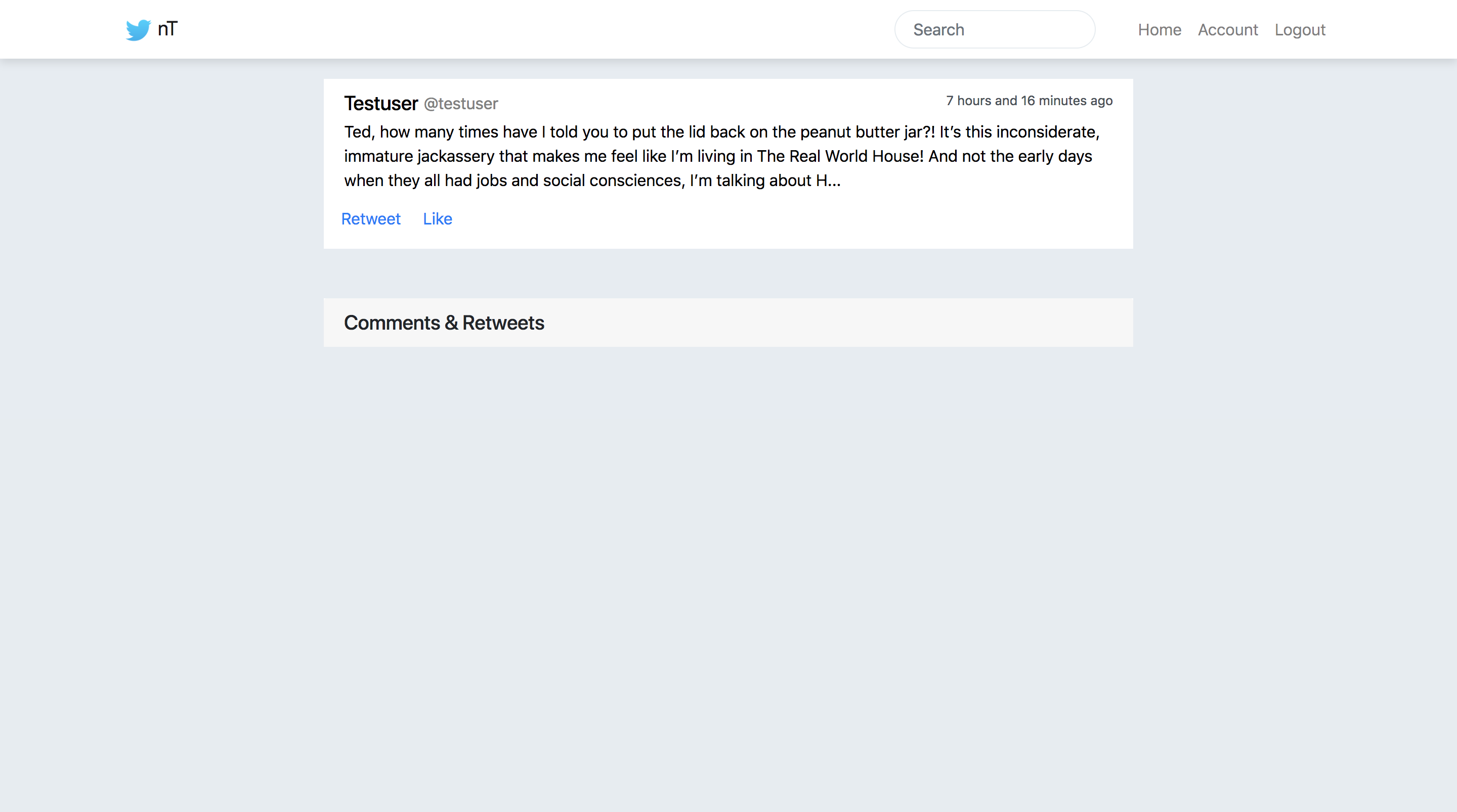Project Description
This is a baby version of Twitter implemented with various technologies including Sinatra, Ruby, Node.js, Redis, PostgreSQL, GraphQL, Heroku and so on. The main goal is to practice scaling web applications to handle huge load using Service-Oriented Architecture.
Our final product includes three different services: load balancer, read service and write service. Our load testing results (using Loader.io) are the best among six groups in the class.




